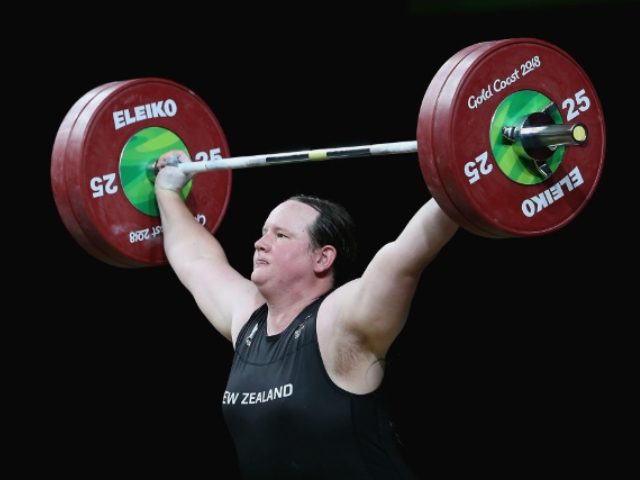The International Olympic Committee (IOC) cleared the way Saturday for New Zealand weightlifter Laurel Hubbard, a man competing as a woman, to participate in the Tokyo Olympics.
Hubbard will be the first transgender athlete to compete in the Olympic games.
“The rules for qualification have been established by the International Weightlifting Federation before the qualifications started,” IOC chief Thomas Bach said via Reuters. “These rules apply, and you cannot change rules during ongoing competitions.”
Bach stipulated, however, that the IOC will review the rules allowing Hubbard to compete at the Olympics.
“The IOC is in an inquiry phase with all different stakeholders… to review these rules and finally to come up with some guidelines, which cannot be rules because this is a question where there is no one-size-fits-all solution,” he explained. “It differs from sport to sport.”
Hubbard’s inclusion has not come without protest, both from athletes and the public. Much of the criticism has centered on the fact that, despite the IOC’s testosterone rules and other provisions currently in place, trans women (biological males) still retain significant biological advantages.
As noted in the Economist:
Sex is one of the most powerful and consistent predictors of performance. Males have significant advantages over females in nearly every sport (see chart). In running, they are consistently around 10 percent faster than females, whether in sprints or the marathon. In Ms. Hubbard’s sport of Olympic weightlifting, the gap is 25 percent or more, even after correcting for an athlete’s size. The Olympic record for females in the 69kg bodyweight category, for instance, is a total of 286kg. For males of the same weight, it is 357kg. Some teenage males outperform women’s world-record holders. Without sex categories, females would be absent from most elite sport.
The male sporting advantage is rooted in biology. Males have bigger muscles than females. With no need to accommodate childbirth, their skeletons are better adapted for running. They are taller, have denser bones, bigger hearts and higher levels of hemoglobin, the molecule which shuttles oxygen around the body. Those advantages stem from male puberty, during which levels of testosterone—the main male sex hormone and the original anabolic steroid—rise sharply. With the importance of testosterone in mind, the International Olympic Committee ruled in 2015 that trans women would be allowed to compete in women’s events provided that they took drugs to suppress their testosterone levels for at least a year before the competition. The hope was that would remove the male advantage, allowing trans women to compete in their preferred category while keeping things fair for the biological females against whom they would be competing.
But … recent scientific reviews—aggregating data from other studies—suggest the IOC’s compromise does not work, because many of the advantages conferred by male puberty are permanent. One of the papers found that testosterone suppression does indeed reduce hemoglobin levels to those often found in females. But both found that the effect on strength and muscle size was far smaller—perhaps around 5%, even after more than a year of suppression. That is far less than the advantage granted by being male in the first place. And no amount of hormone therapy can reduce the size of an athlete’s body. Last year, such evidence persuaded World Rugby that it was both unsafe and unfair to let trans women play in the international women’s game. The IOC, for its part, says it is reviewing the evidence, but that amending the rules so soon before the Tokyo Games would be unfair. It has promised new guidelines once the Olympics are over.
Eight U.S. states have recently enacted laws banning biological males from competing in girls’ and women’s sports.

COMMENTS
Please let us know if you're having issues with commenting.